6 Ways Paracord Can Save Your Life...
It's amazing that after almost 80 years of paracord being used we are still finding so many incredible uses for it. We have come up with 6 simple ways that anyone can use paracord as a First Aid tool to save their life or the life of another. Remember, the life you save just might be your own. Enjoy!
1. Dental Floss.
Just remove the outer sheath to reveal the inner strands, there should be 7 if it's high quality paracord, and use one of the strands as your floss. You can wash it when done if needed for extended use and you can coat with candle wax so it slides easier.
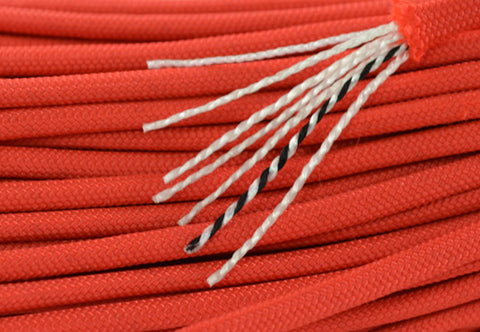
2. Stitches.
If a wound needs stitching, the inner strands of a paracord can be used to sew it up but remember they won't dissolve so they should only be used if you can remove them later. You can use each of the 7 strands as a thicker suture or you can untwist the strands to make a smaller diameter.
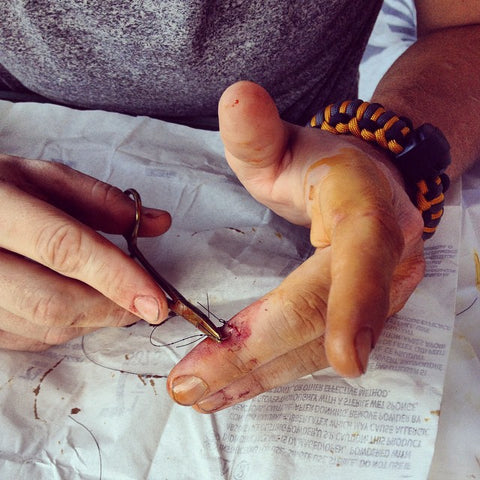
The biggest concern when using it for this purpose is sanitation so it's vital that your hands, thread and needle are as clean as possible before use. There is possibility of infection if not properly cared for.
3. Tourniquet.
Make a tourniquet to slow loss of blood.
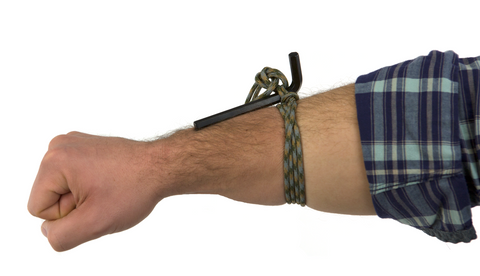
In a survival situation, anything can happen. If you or someone you’re traveling with is injured and losing blood, your paracord can act as a tourniquet to help slow or stop the bleeding. Wrap it around the wounded arm or leg approximately two to four inches away from the wound and in between the wound and the heart. Do not apply directly to the cut.
Remember, this should only be used as a last resort when pressure is not enough to stop blood-loss and the person is in danger of bleeding to death.
4. Splint
In an emergency situation, you can use your paracord to create an improvised splint or secure a splint in place. The cord can help keep a splint in place to prevent further injury to a fracture.
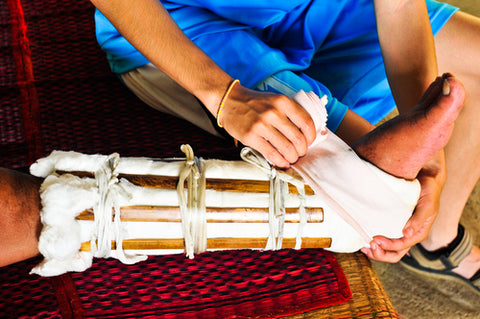
Here’s what you’ll need:
Long and short branch.
Twisting stick.
Ankle wrap.
Paracord.
The long branch should be placed on the outside of the injured leg, while short one on the inside. Make sure that you choose sturdy and height appropriate sticks to create the splint.
Once you’ve assembled it, you can wrap the rope around the leg and branches to secure it into place. If you don't have sticks you can use anything that is similarly rigid and long... hang on to your jokes, we've already made them.
5. Sling.
What is more, this line can be used to tie a sling and hold an injured arm in place. Obviously you’ll need a cloth as well. A bandana, scarf, towel or any large piece of fabric will work. Simply tie the rope to each end of the fabric and wrap around your shoulder.
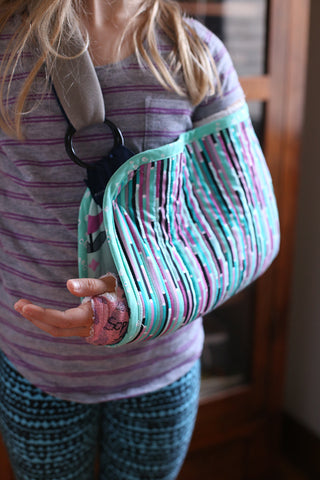
In a pinch, you could use just the paracord itself as the sling to hold the arm, but this won’t be quite as effective.
6. Stretcher.
An improvised stretcher can be created to help drag or carry someone to safety if they're immobile. Simply run the paracord between two oversized sticks, rifles, broom handles, or anything alike. Make sure that you choose two items that are large and sturdy enough to withstand the weight of the person and their gear, personal belongings, equipment etc. This is usually 250 lbs to be safe.
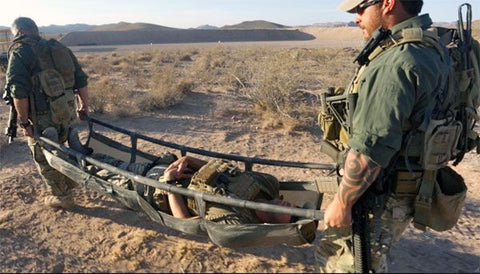
If you have two or more ropes, you can wrap them in a crisscross fashion to make a more secure stretcher but ultimately it's up to your creativity and the supplies on hand.


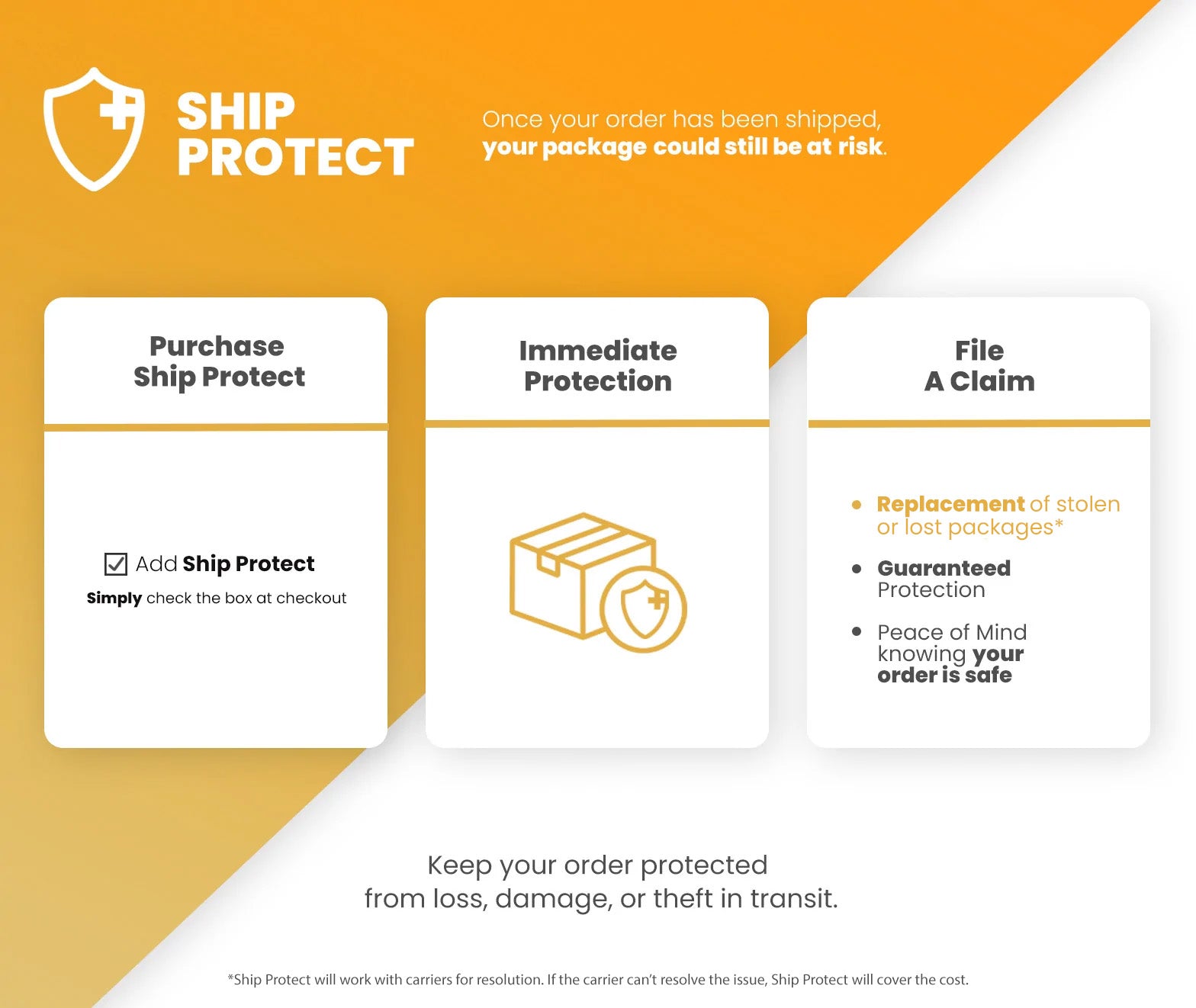
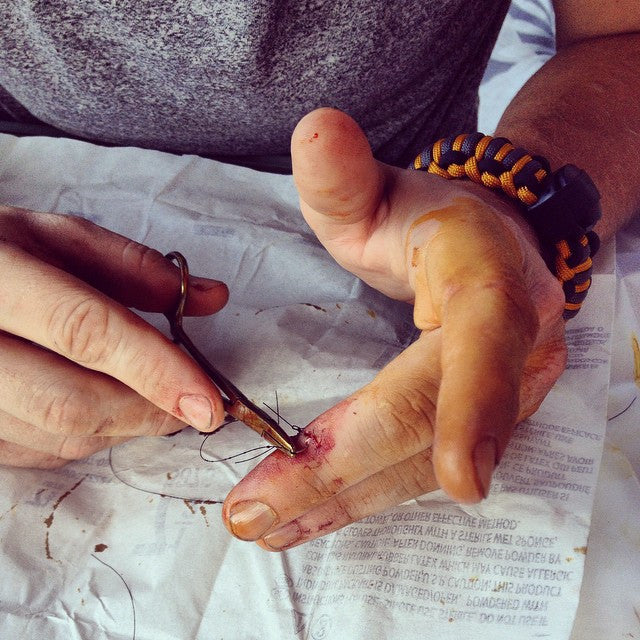




great info. as always thankyou